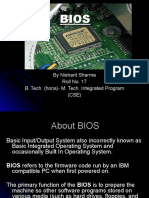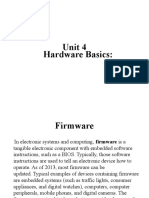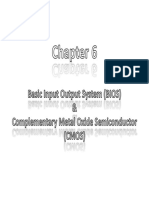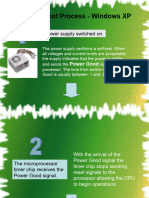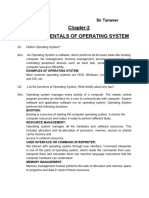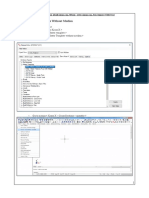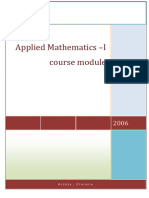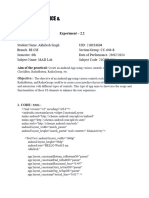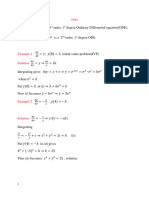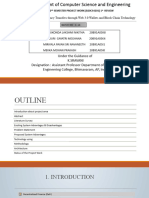0% found this document useful (0 votes)
31 views13 pagesBIOS
The document provides an overview of the Basic Input Output System (BIOS), including its definition, history, and functions such as POST and the bootstrap loader. It explains the booting process, differentiating between cold and warm booting, and outlines the steps involved in booting a computer. Additionally, it details beep codes associated with various hardware errors during the POST process.
Uploaded by
ROSELIN ANDREWCopyright
© © All Rights Reserved
We take content rights seriously. If you suspect this is your content, claim it here.
Available Formats
Download as PDF, TXT or read online on Scribd
0% found this document useful (0 votes)
31 views13 pagesBIOS
The document provides an overview of the Basic Input Output System (BIOS), including its definition, history, and functions such as POST and the bootstrap loader. It explains the booting process, differentiating between cold and warm booting, and outlines the steps involved in booting a computer. Additionally, it details beep codes associated with various hardware errors during the POST process.
Uploaded by
ROSELIN ANDREWCopyright
© © All Rights Reserved
We take content rights seriously. If you suspect this is your content, claim it here.
Available Formats
Download as PDF, TXT or read online on Scribd
/ 13












